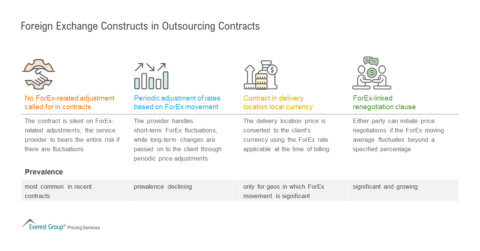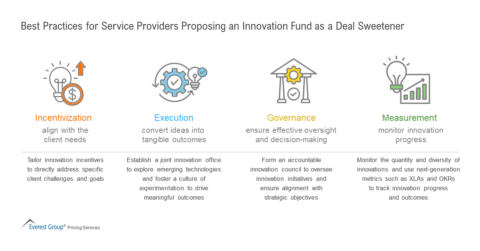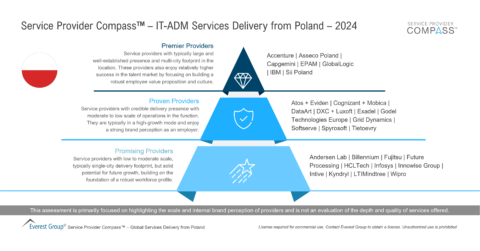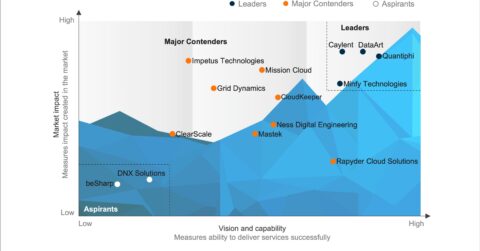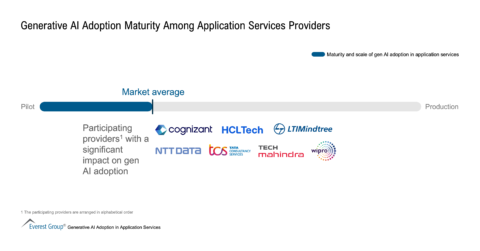Reimagine growth at Elevate – Dallas 2025. See the Agenda.
Filter
Displaying 61-70 of 605
Mid-market Digital Transformation: Insights and Outlook for 2025 | Webinar
On Demand Webinar
1 hour
Reimagining the TPA: Making Digital Human | LinkedIn Live
August 14, 2024
9:00 AM PT | 12:00 PM ET
LinkedIn Live
